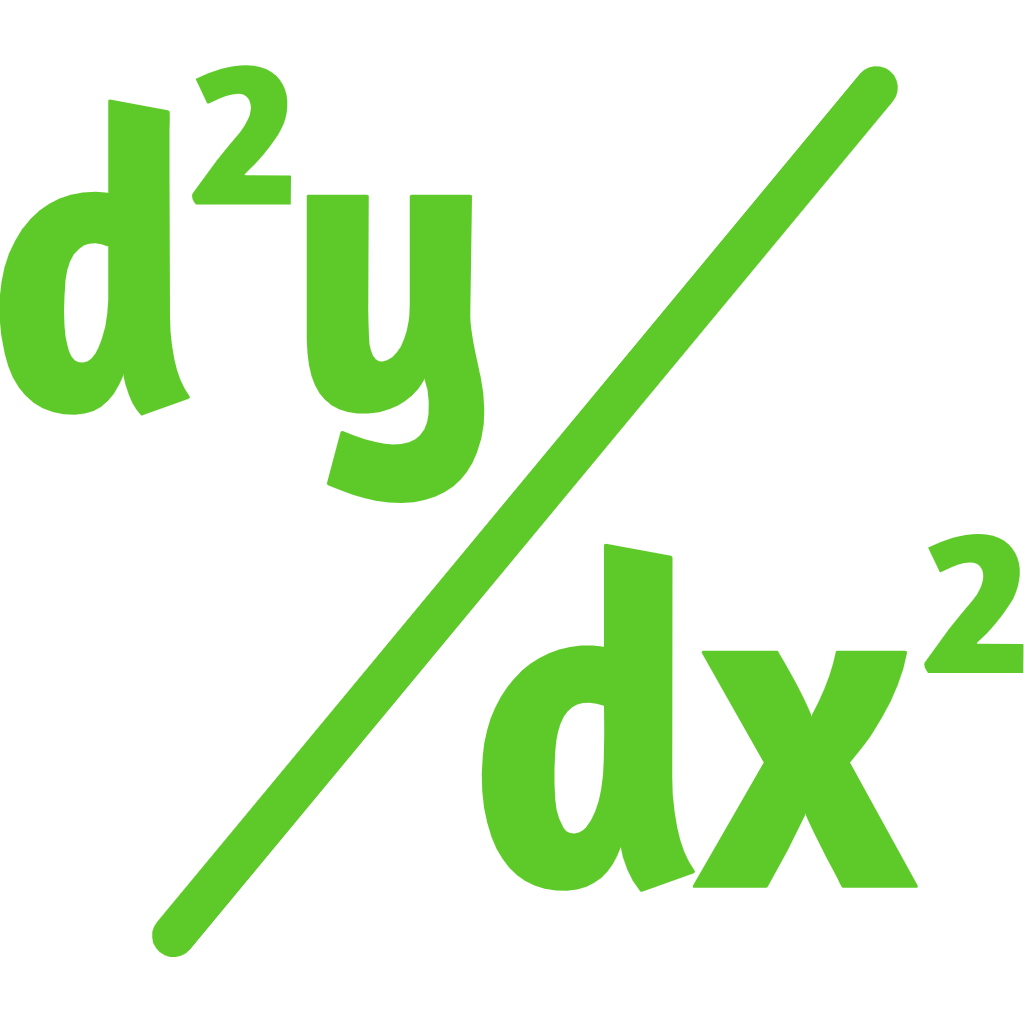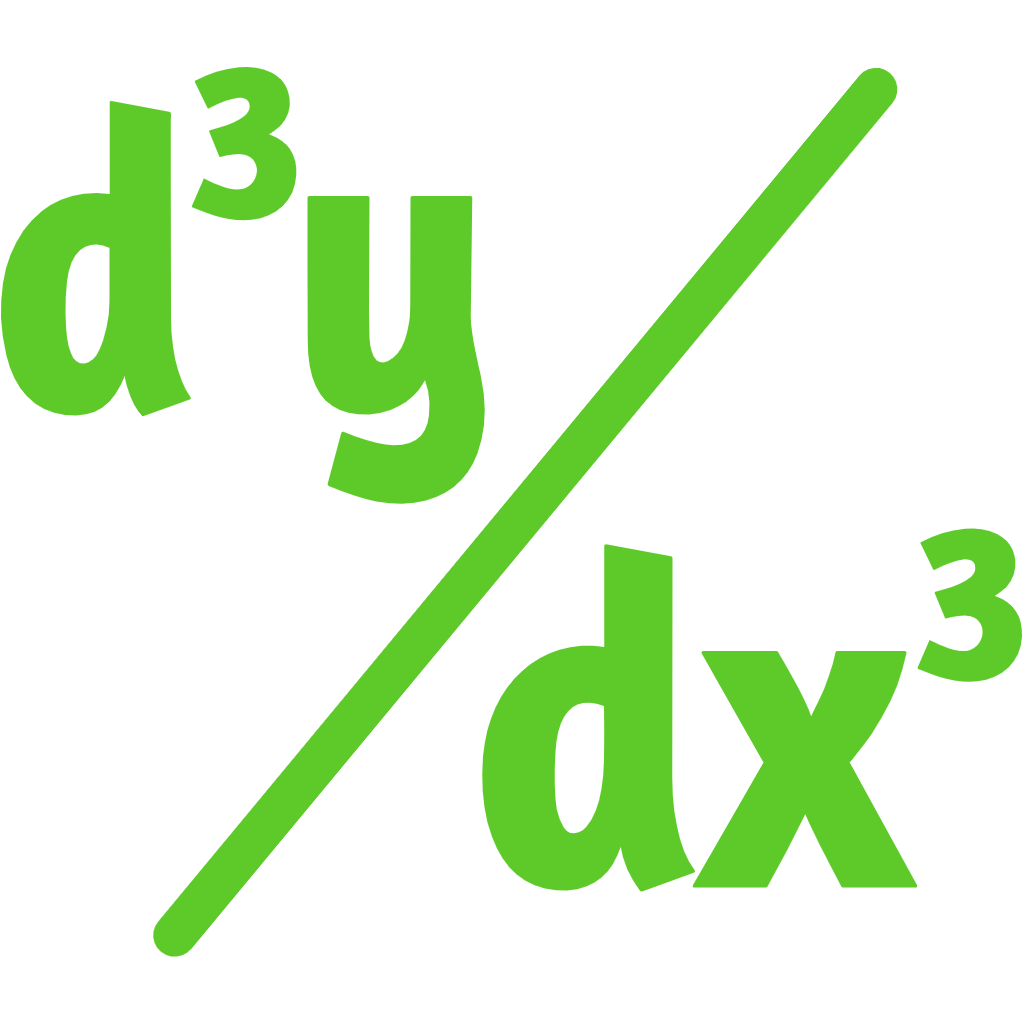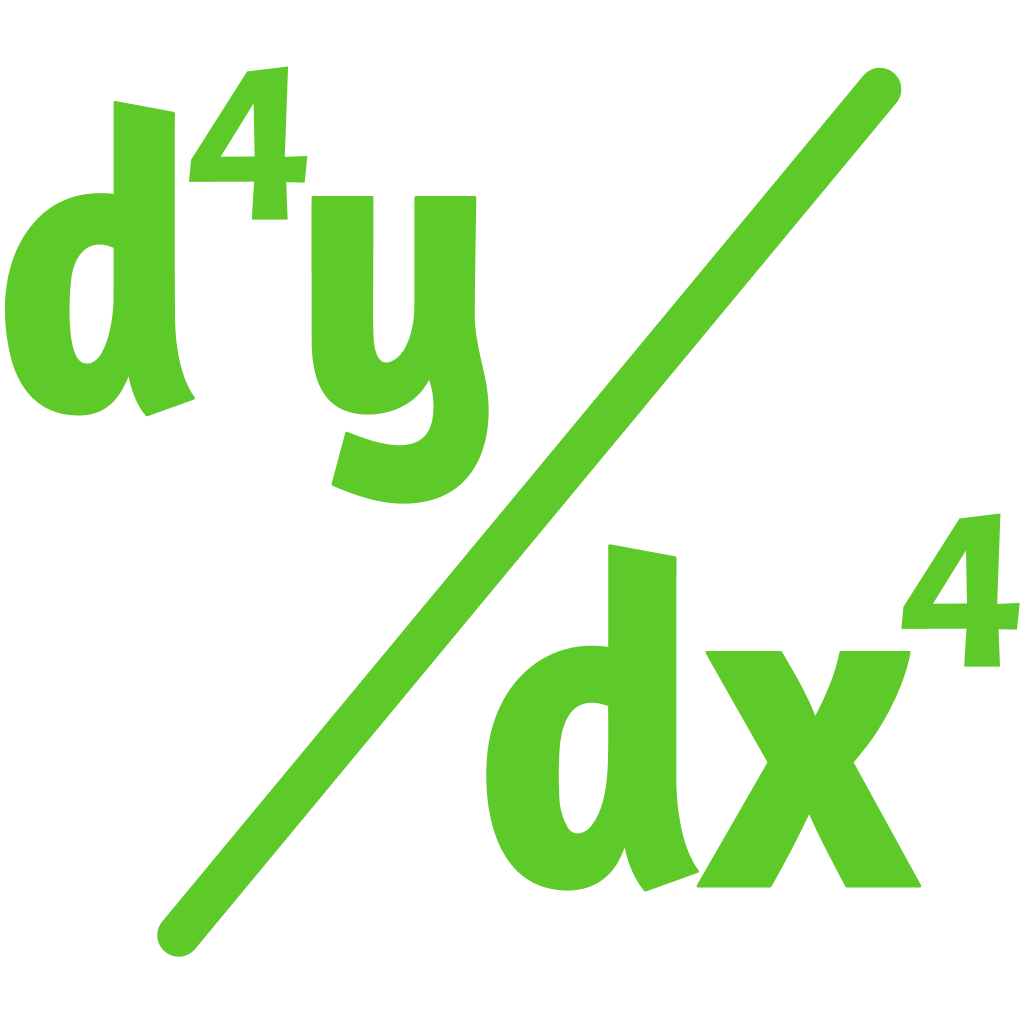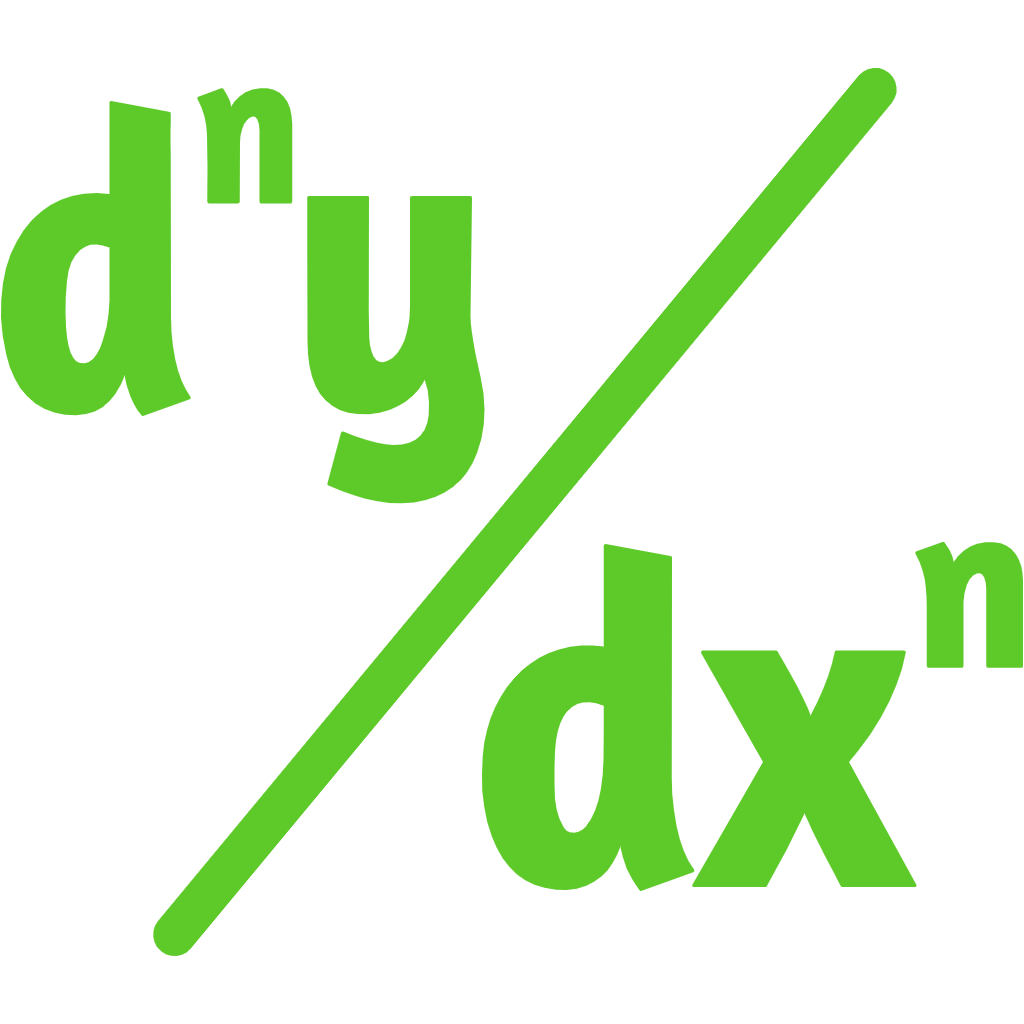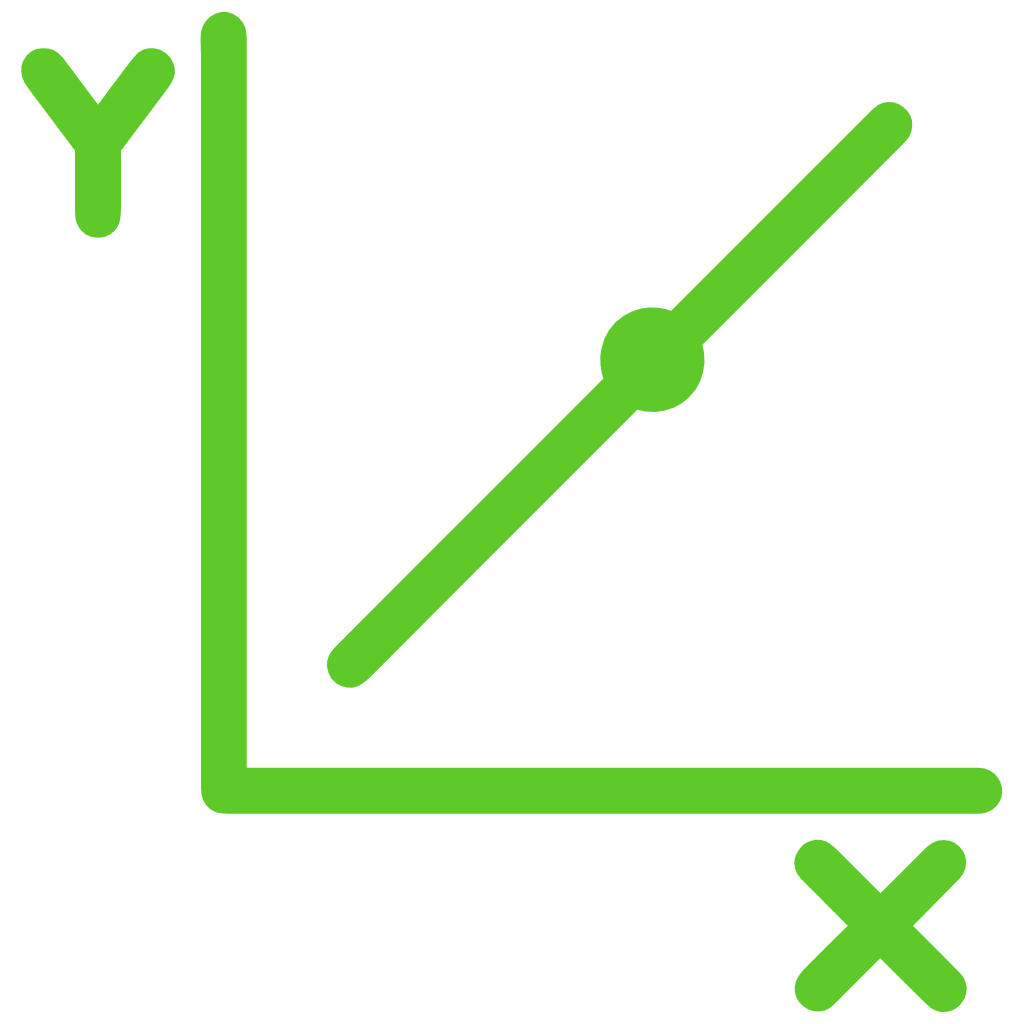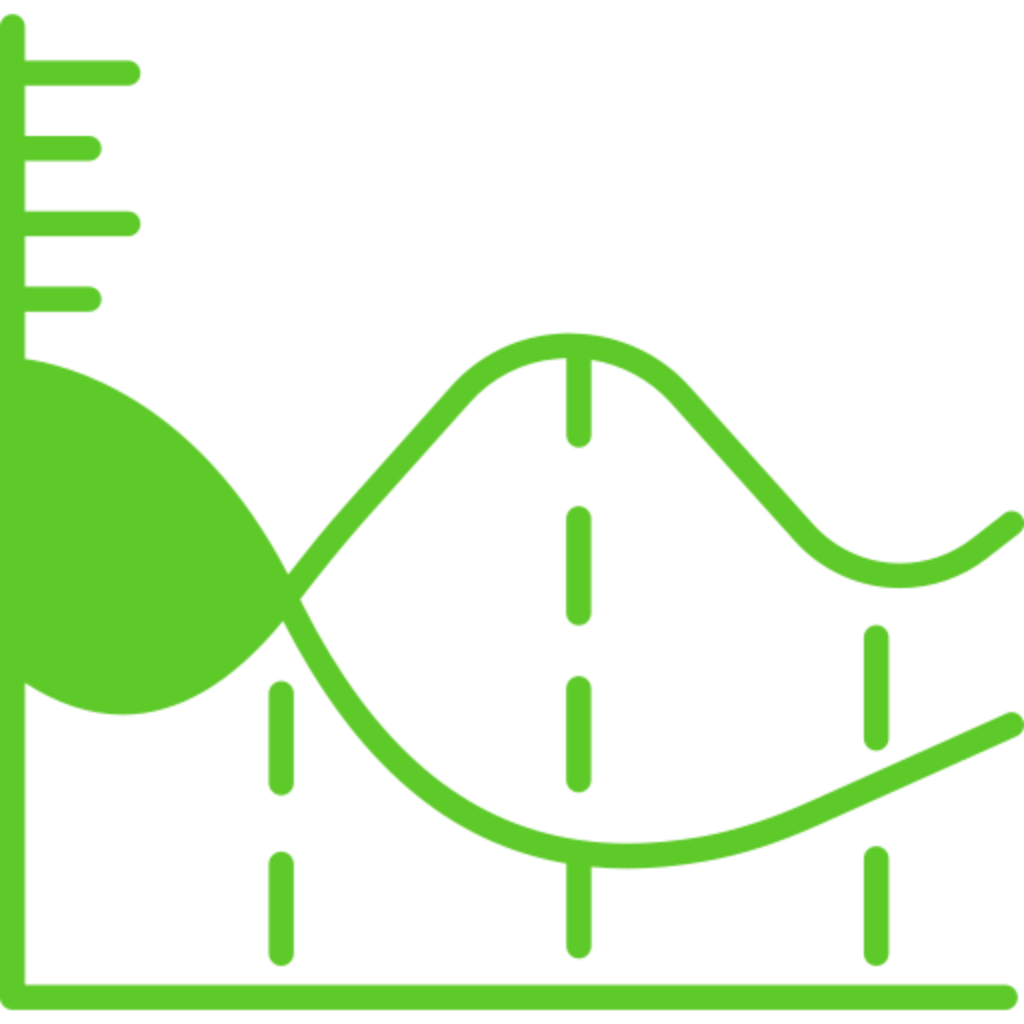Introduction to the Directional Derivative Calculator with Angle
A directional derivative at a point calculator is a potent tool that gives the solution of the directional derivative of multivariable functions. It helps to evaluate the rate of change of the function at a particular point in a fixed direction within a minute.
This calculator is invaluable in various fields such as physics, engineering, economics, and computer science where understanding how a function changes along a particular direction is crucial.

Further, our calculator is a valuable tool for analyzing functions in various contexts and is indispensable for solving problems involving rate of change and optimization along specific directions.
Additionally, if you would like to computes the second derivative of a single-variable function with respect to its independent variable, you can use our 2nd derivative test calculator. Our calculator also helps in analyzing the rate of change of the rate of change of the original function, providing insights into its curvature, inflection points, and concavity.
What is a Directional Derivative?
Directional derivative is defined as the variation of function at a specific direction while gradient is the rate of change at a fixed point. In calculus, gradient, and the directional derivative are two important mathematical concepts for directional function in vectors.
Geometrically, the directional derivative represents the slope of the tangent line to the graph of the function in the specified direction at the given point. It provides information about how the function changes along a certain path in space, which is particularly useful in fields like physics, engineering, and optimization where understanding the rate of change of a function along specific directions is essential.
Our calculator measures how a function changes at a certain point in the direction of the specified vector. Additionally, if you would like to calculate the third derivative of a given function, you can utilize our 3rd derivative calculator. Our calculator also helps you to find the solution to the rate of change of acceleration problem in the run of time.
Formula of the Directional Derivative
The formula of directional derivative used by the directional derivative online calculator has a similar rule of differentiation but it has a different approach as well.
▽v f is defined by the limit and shown as,
$$ \nabla_v f(x) \;=\; \lim_{h \to 0} \biggr( \frac{f(x+hv) - f(x)}{h} \biggr) $$
Like f(x) is the slope of the tangent
f(x+hv) is the instantaneous change in a fixed direction
For further exploration of derivatives and higher-order differentiation, you may utilize our higher derivatives calculator. This calculator provides solutions for computing derivatives of any order, offering insights into the behavior of functions in various contexts.
Working Method of the Directional Derivative at a Point Calculator:
Directional derivative calculator angle is the instantaneous rate of change of an implicit function along with x and y coordinates.
When you add the directional derivative function in the calculator, with point vector and coordinate values. First, It checks the attributes of the function and differentiates the function with each variable one by one while keeping other coordinates constant.
After differentiation, add the value points of coordinates in the derivation function. To find the length of the vector, use the determination method by using u1 and u2 values to get the length. For making a normalized vector, components u1 and u2 divide with the length of the vector
At last, take the dot product of the normalized vector and the product of the derivative solution(gradient) and you get the solution of your given function.
Additionally, for further analysis involving derivatives and functions of multiple variables, you can go through our partial derivative at a point calculator. This calculator facilitates the computation of partial derivatives, providing insights into the behavior of functions with respect to specific variables.
Let us examine the directional derivative example to know how the directional derivative online calculator works.
Solved Example of the Directional Derivative
The directional derivative can be determined by using the directional derivative calculator but you, sometimes, have to do it manually. So here is an example to show how it can done manually.
Example:
Find the directional derivative of ex + 3y at (x,y) - (3,4) along with the vector u - (1, 2).
Solution:
Write the function with the gradient notation,
$$ \nabla \biggr(f(x,y) \biggr) \;=\; \frac{\partial f(x,y)}{\partial x} , \frac{\partial f(x,y)}{\partial y} $$
$$ \nabla (e^x + 3y) \;=\; \frac{\partial}{\partial x} (e^x + 3y) , \frac{\partial}{\partial x} (e^x + 3y) $$
Take the partial derivative of the above function concerning x & y.
$$ \frac{\partial}{\partial x} (e^x + 3y) \;=\; e^x $$
$$ \frac{\partial}{\partial x} (e^x + 3y) \;=\; 3 $$
Put the given points of x & y.
$$ \nabla (e^x + 3y) |_(x,y)=(3,4) \;=\; (e^3 , 3) $$
Determine the length of the given vector and normalize the vector.
$$ | \vec{u} | \;=\; \sqrt{1^2 + 2^2} \;=\; \sqrt{5} $$
To normalize divide (1,2) component,
$$ \biggr( \frac{1}{\sqrt5} , \frac{2}{\sqrt5} \biggr)$$
Now take the dot product of the gradient,
$$ D_\vec{u} (e^x + 3y) |_(3,4) \;=\; (e^3 , 3) . \biggr(\frac{1}{\sqrt 5} , \frac{2}{\sqrt 5} \biggr) $$
$$ D_\vec{u} (e^x + 3y) |_(3,4) \;=\; \frac{e^x + 6}{\sqrt 5} $$
Thus it is the final solution of our function with specific limits. Further, if you want to find fourth derivative of this directional derivative result, you can go through our fourth derivative calculator. This calculator offers solutions for computing the fourth derivative of various functions, aiding in mathematical analysis and modeling tasks.
How to Use the Directional Derivative Calculator Angle?
Our directional derivative at a point calculator gives the solution of the gradient points and the directional derivative of a function quickly if you follow these given instructions. These are:
- Enter your function term in the type f(x, y) or f(x, y, z) for which you want the derivative solution to be required at the input field
- Select the function type from the given list.
- Enter u1 and u2 point values.
- Enter the x and y coordinates of the given function
- Click the calculate button to get the solution of your direction derivative function
For further exploration of derivative calculations and solutions for various functions, you may also utilize our derivatives calculator. This calculator offers a wide range of derivative computation capabilities, including single-variable and multivariable derivatives, enabling users to analyze functions with precision and efficiency.
Outcomes Come from the Directional Derivative Online Calculator
After adding the directional derivative function in the calculator you will get the result. It may contain as
- Result section provides a solution of the given function.
- Recalculate button will take you to the home page for more calculations.
Reasons for Choosing Our Calculator?
This directional derivative calculator angle provides the solution of the complicated directional derivative with different variables in the multidimensional sphere in a fraction of a second without any error.
If you find a multivariable direction derivative function manually, the rate of mistake is high, especially for those who have less information about derivatives. In this situation, you need our directional derivative at a point calculator which keeps you away from any trouble while calculating as it gives precise results every time.
Our directional derivative online calculator gets approval from renowned university professors and mathematicians who frequently use it for calculation.
Related: for further analysis of functions and identification of points of inflection, you can utilize our points of inflection calculator. This calculator specializes in detecting inflection points, enabling users to analyze curves and identify regions of changing concavity with ease.
Advantages of Using Directional Derivative Calculator with Angle
Our calculator is simply designed tool that anyone can easily access for getting solutions related to the directional derivative and gradient of a function. It will give you multiple benefits which are given below.
- It provides solutions in the step-by-step method for better clarity of this concept
- Our directional derivative online calculator gives you accuracy in the results of your given function.
- This directional derivative at a point calculator instantly gives a solution for a complex directional derivative function.
- You can use it to practice various types of examples.
- Our directional derivative calculator is a free available tool that you can use as much as you need.
For further exploration of mathematical tools and calculators, you may access our collection of all calculators. These calculators offer a wide range of solutions for various mathematical problems, catering to the needs of students, educators, and professionals alike.


